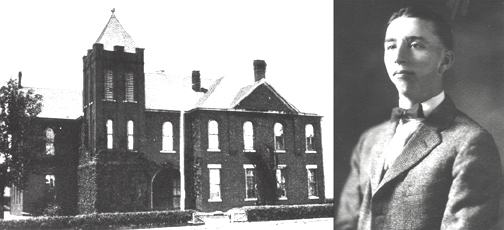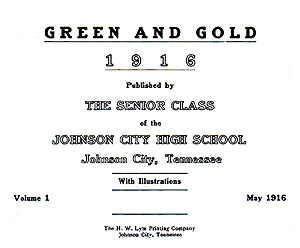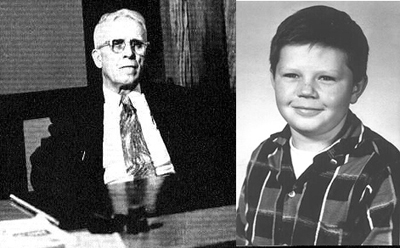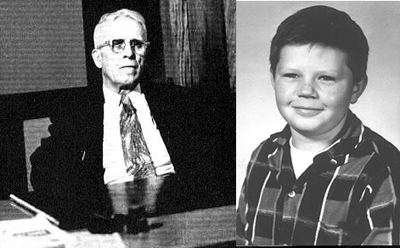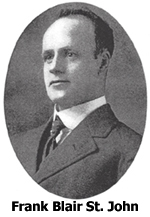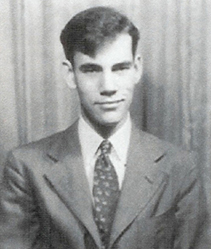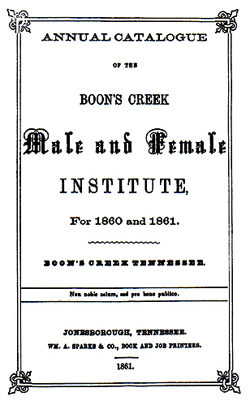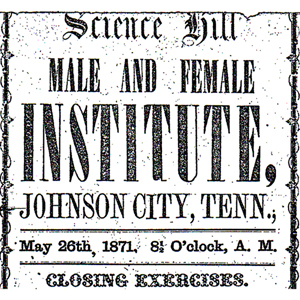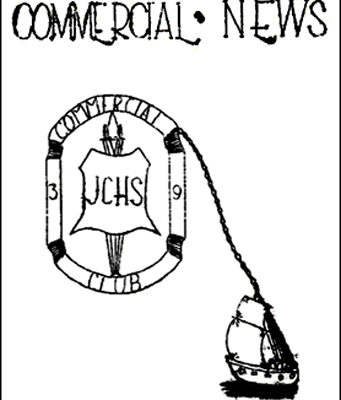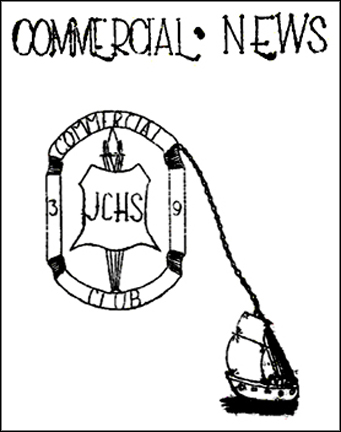Carol Simmons Archer is very proud of her late father, William Warren “Doc” Simmons and for good reason. He played a significant role in creating Johnson City’s Vocational Training program, which opened up a new world for high school students that were not college bound but needing an avenue for future employment.

According to Carol, “Dad was born in 1900 in the Powder Branch community of Carter County. Being one of 13 children, he spent his early life working on the family farm. He longed to enter college after high school to become a teacher, but his parents objected to his wanting to leave the farm and take up what they referred to as more ‘book learning.’
“Dad worked for nearby farmers and saved every penny he earned for his college tuition. After entering the local Normal School (ETSU), he traveled to the campus using a combination of transportation modes: walking, riding a mule to Milligan College and thumbing a ride on the back of some thoughtful farmers’ wagons.
“While in college, Dad majored in Industrial Arts. He became a gifted wood craftsman and earned money by working at local lumber companies. Being a natural acrobat, he became a cheerleader. It was during this time that he met and married my mother, Dorothy.”
The future educationalist earned a BS degree from the Normal School and an MS degree from the University of Tennessee. After graduation, he taught at Junior High School on North Roan Street, which provided his family with enough income to build a house. He constructed a dwelling on Highland Avenue with his own hands.
Simmons later became principal at Keystone School. While employed there, he acquired the nickname “Doc,” a moniker that he would carry for the rest of his life.
“For years,” remarked Carol, “Dad spoke of the need for another avenue of learning for those students who preferred ‘hands on’ training over the traditional school curriculum. He believed vocational education was needed for those who wanted to begin earning a living immediately after high school. The concept never left his mind and he pursued every means possible to make it happen, including convincing the school board of its need. He also made numerous trips to Nashville to lobby for an additional educational training program.”
William’s efforts were rewarded when the board agreed with his proposal. About 1941, Martha Wilder School at Myrtle Avenue and New Street became Johnson City’s Vocation Training Center with “Doc” as its director. The school offered such crafts as welding, refrigeration, woodworking, masonry and auto mechanics. The self-made mentor remained at the school until his death in 1957.
The successful career program prevented some students from dropping out of school before graduating. Also, many area armed forces veterans took advantage of the training afforded by the center and acquired a skilled trade after their discharge from service.
Carol noted other glimpses of her father; he was an avid sports fan, highly sought after referee, official of the Burley Bowl Parade and devoted collector of area history. She recalls when he used to fire his pistol to start area high school football games. “Doc” received many honors for his contributions in local civic clubs, including being Lt. Governor for the Civitan Club and a member of Who’s Who in American Colleges and Universities.
Thanks to the pioneering efforts of William “Doc” Simmons, the vocational school tradition continues today at Science Hill Vocation/Technical Center with an expanded focus on academic and technical skills.
